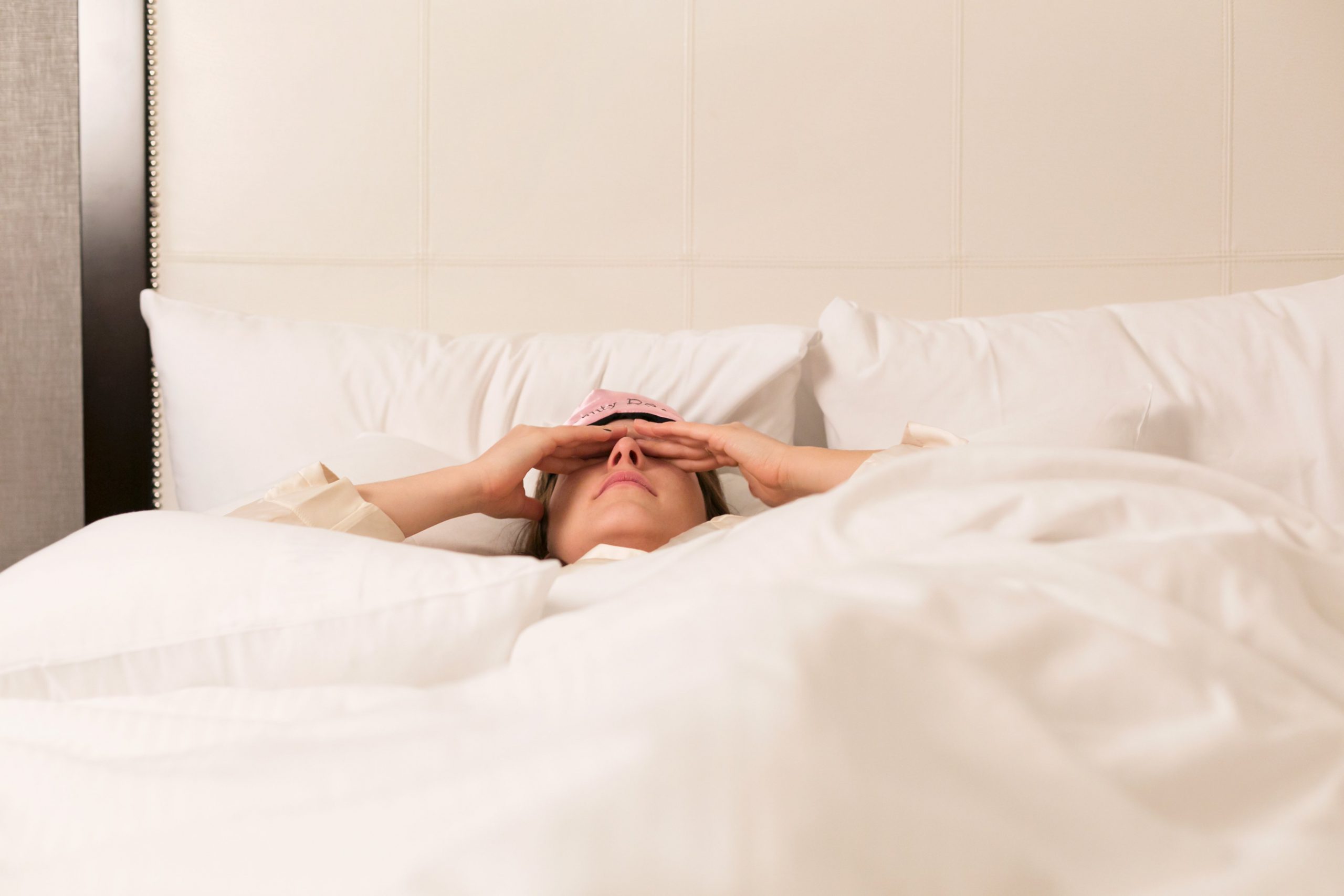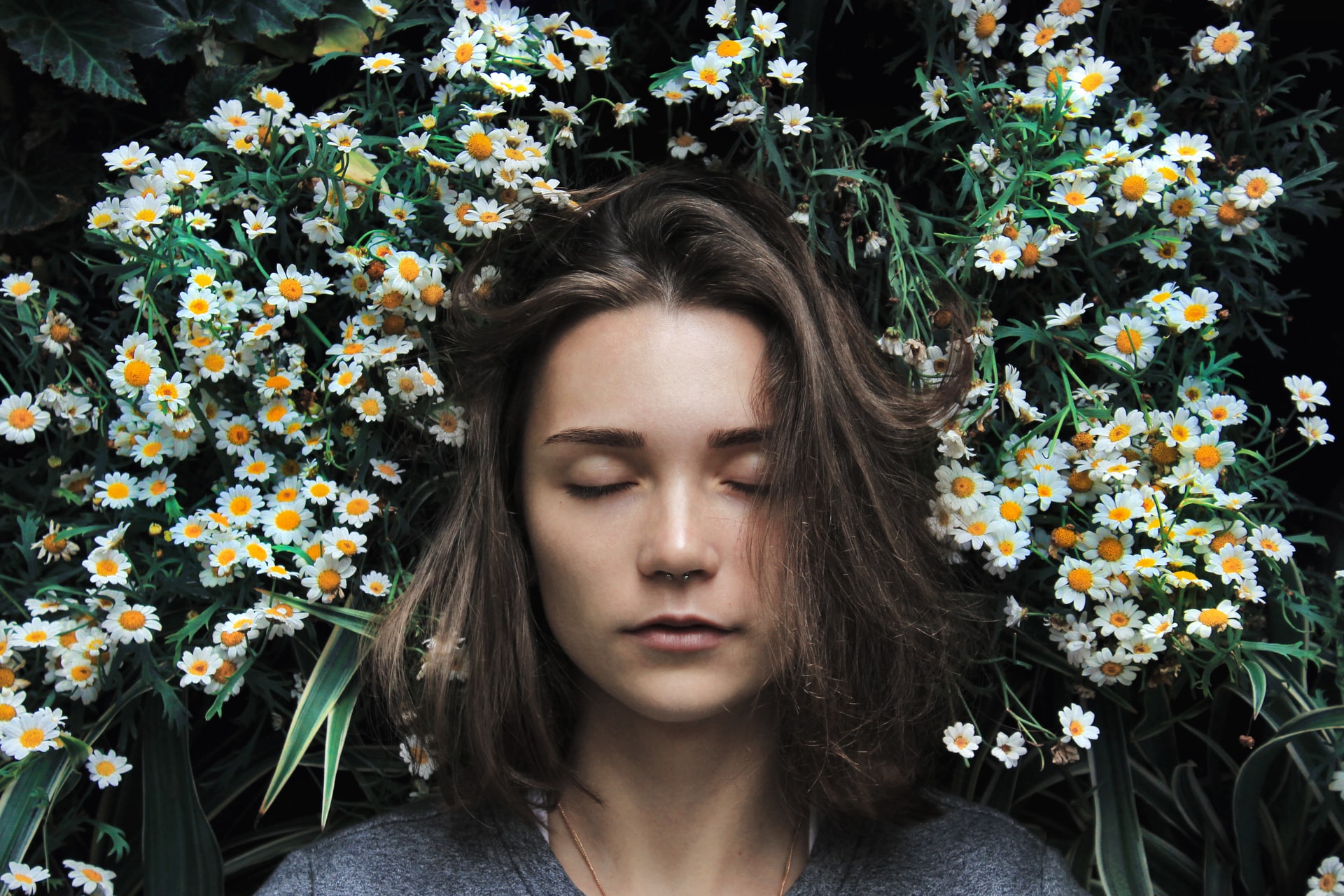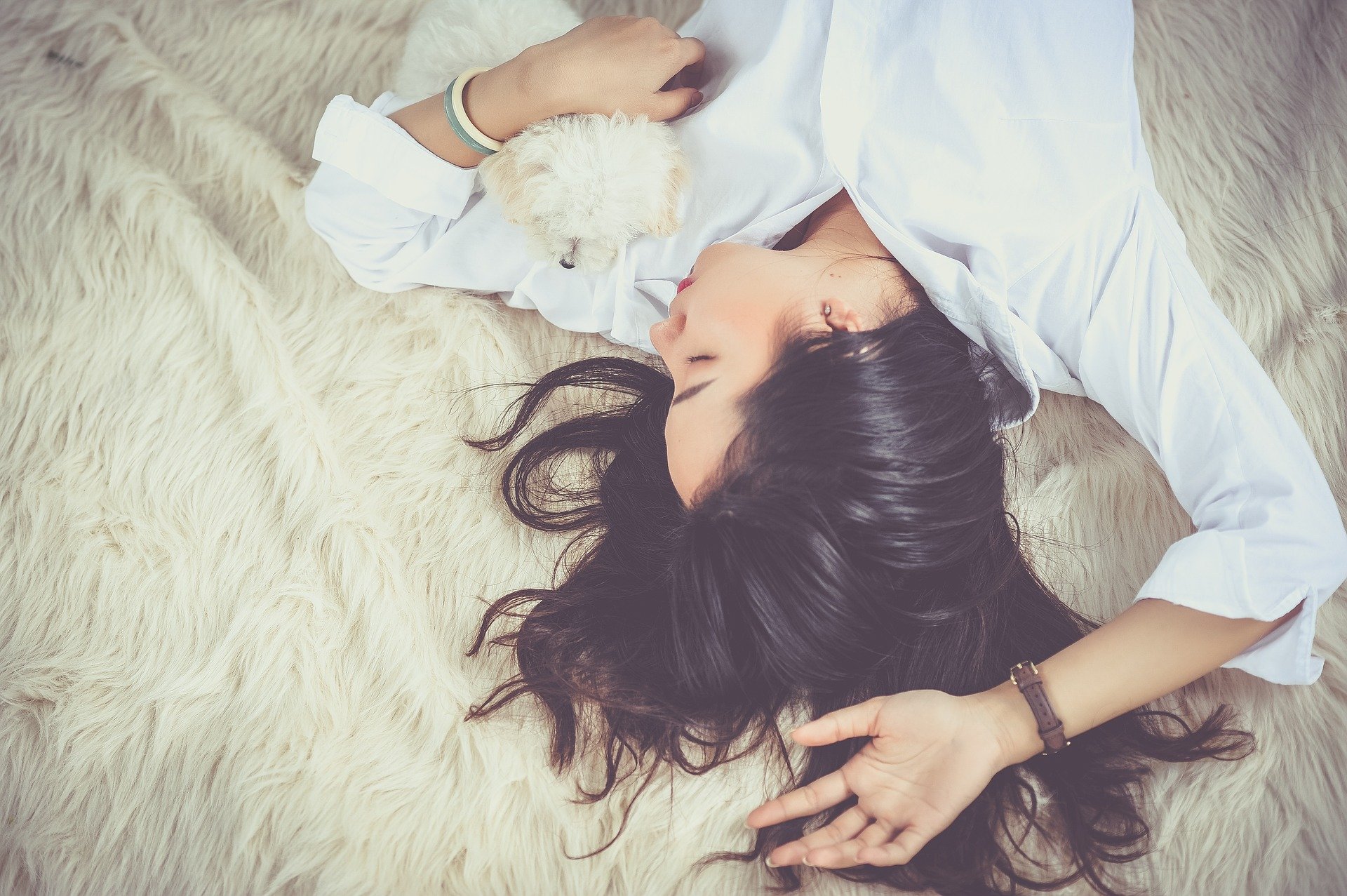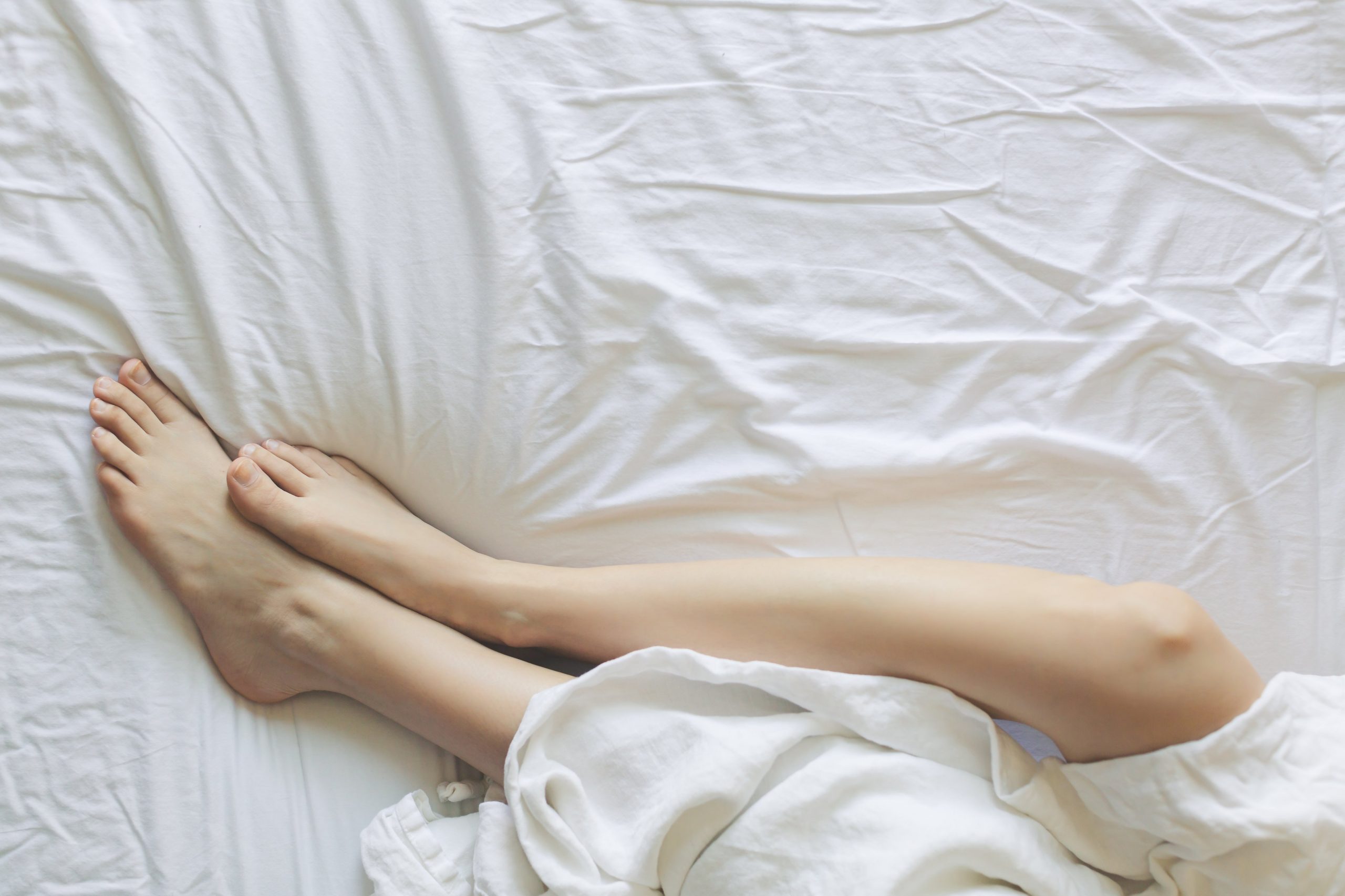Founded in 2020, the Sleep Institute at Reykjavík University is a research center focused on exploring sleep and circadian rhythms. The institute brings together experts from various fields, including engineering, psychology, sports science, and computer science, encouraging collaboration across disciplines. It also partners with professionals from the education and healthcare sectors to support innovative research. With accessible facilities, the Sleep Institute provides a valuable space for those working on sleep-related studies, fostering new discoveries in the science of sleep.
Lecture: Children and adolescents on a reversal – Erna Sif Arnardóttir and Ingibjörg Gunnarsdóttir
Children and adolescents on a reversal – the importance of nutrition and sleep for young Icelanders. Erna Sif Arnardóttir, PhD at the University of Iceland[…]

Jet lag
Jet lag occurs when we travel between time zones, disrupting our circadian rhythm. The primary symptoms include fatigue, difficulty concentrating, stomach problems, mild sickness, and[…]

Sleep walking
Sleepwalking is a sleep disorder, causing you to arise and perform various, everyday actions, while you are still asleep. During sleepwalking, the eyes are usually[…]

REM Sleep Behavior Disorder (RBD)
REM sleep behavior disorder (RBD) is a sleep disorder that causes you to act out your dreams while sleeping. REM-sleep (rapid eye movement sleep) is[…]

Sleep in general
Sleep in general We spend about one-third of our lives sleeping. Sleep invigorates our body and mind, as well as supporting our immune- and nervous[…]

Video: Neuroscience of sleep
Neuroscience of sleep In this TED talk, circadian neuroscientist Russell Foster discusses the importance of sleep for our brain. He shares three popular theories about why we[…]

Video: Sleep is your superpower
Sleep is your superpower In this TED talk, sleep expert Matthew Walker discusses the science on sleep‘s impact on learning, memory and immune system in[…]

Sleep apnea
Obstructive sleep apnea is a serious sleep disorder, causing you to stop breathing, repeatedly, during sleep. The disorder is usually followed by excessive sleepiness. A[…]

Restless leg syndrome
Restless legs syndrome is a neurological disorder that causes irritation in your legs, sometimes described as a burning or itching sensation, followed by an uncontrollable[…]

Narcolepsy
Narcolepsy is a neurological disorder resulting in excessive sleepiness and, in the worst cases, cataplexy. The symptoms differ between individuals but include sleep hallucinations, sleep[…]
